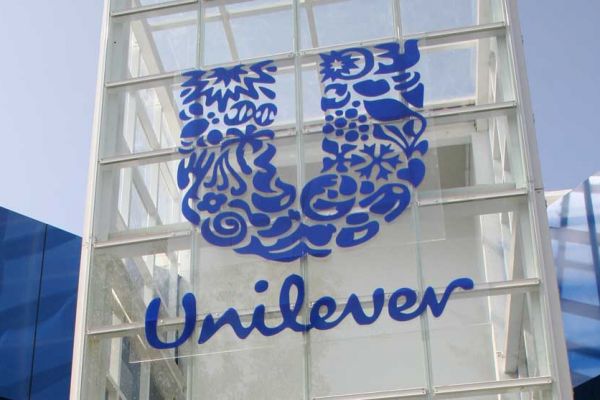Remember the old expression ‘Life begins at 40’? These days, it’s more like ‘Life begins at 60… or 70’.
A new study has suggested that the ‘Baby Boomer’ generation, aka those born between the mid 1940s and the early 1960s, are amongst the most eager consumers to embrace new products and retail concepts, and that brand owners should sit up and take note.
The research, by consumer insight agency Engage Research. found that more than half of Baby Boomers (54%) said they would try a brand ‘if it looks really interesting’, while 50% would try a product that is on promotion, and 37% would try a product if it was recommended by family and friends.
“This is the demographic that has witnessed perhaps more change in their lifetime than any other,” said Lyndsay Peck, director at Engage Research.
“There have been major improvements to their healthcare; they have benefited from a sharp rise in property prices; have experienced changes in traditional household and family structures; have powered the growth of consumerism, and have witnessed enormous technological advances from no computers to Internet, mobile phones and social media. The message we received is that they are used to this change and ready to embrace more.”
In addition, some 42% of Baby Boomers say they are willing to try a brand that ‘looks like it really works’, a third (34%) say they will try a brand that they trust, and 23% say that they would be willing to try a brand if they had seen independent reviews online.
Health And Wellness
Brands that are willing to tap into health and wellbeing trends, the study suggests, could find favour with Baby Boomers, with around two thirds of respondents saying that they are worried about their health as they get older, and 56% saying that they feel they are in ‘good’ or ‘excellent’ health.
Just under three-fifths of respondents (58%) said that they wanted to ‘improve their health or get fitter’.
The study also found that Baby Boomers are increasingly ‘tuned-in’ to the latest digital technologies, with 78% saying they have a smartphone, and more than two thirds avid users of social media.
Some 45%, however, said that they felt they were sometimes ‘left behind’ by technology, while 26% said that they wanted to improve their tech skills.
“The message to brands is to consider how their products and communications are currently aligned with the Baby Boomer demographic, and whether this demographic could be targeted with specific products to meet their needs around supporting their health, fitness or technology,” explains Lyndsay Peck, Director, Engage Research.
“Boomers are a diverse group, just like the rest of the population, but many with disposable income. Many aren’t over the hill they are on top of it, ready to try new products and experiences and brands could do a lot worse than target them.”
A New Opportunity
One category that has enjoyed a particular boost from a more active ageing population is that of Adult Incontinence; previously a somewhat ‘taboo’ segment that has now very much entered the mainstream.
Last year, the US Census Bureau estimated that while in 2012, there were 562 million people around the world aged 65 and older; a number that increased by about 10% by 2015, and could grow to as many as 1.6 billion by 2050.
This is a market that refuses to let bladder issues slow them down, and the Adult Incontinence market is primed to take advantage of this trend.
“The fastest-growth market is adult incontinence,” Kevin Mason, the managing director of ERA Forest Products Research told Bloomberg last year. “That baby-boom generation, that demographic is moving into that area, and it’s going to help boost the overall demand.”
And earlier this year, Magnus Groth, the chief executive of Essity, the Swedish paper products giant, told ESM that the Adult Incontinence category is “gaining and more shelf space in traditional retail”, something that is happening at a rapid pace.
Essity is the market leader in the Adult Incontinence category in Europe, and has been able to benefit from the growing growing ‘normalisation’ of what was previously a taboo subject (akin to feminine hygiene or condoms in years gone by.
“The products are getting more attractive – they are softer, they are more comfortable – and backed by clever marketing, all of this is helping to break the taboo,” Groth told ESM.
“I think we’re also helped by online channels – very much in this case – because they offer an opportunity to reach people who would otherwise be very difficult to access because it’s hard to find out about their particular concerns. Now they can find solutions by themselves,” he added.
It’s not the only category that is set to benefit from a Baby Boomer sector that is more active than any previous septuagenarian generation, but in terms of growth potential, it’s certainly one to watch.
© 2018 European Supermarket Magazine – your source for the latest retail news. Article by Stephen Wynne-Jones. Click subscribe to sign up to ESM: The European Supermarket Magazine.














